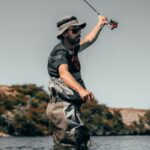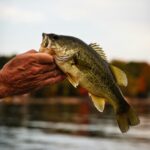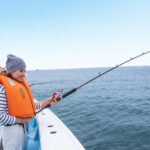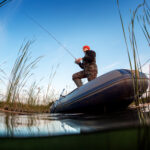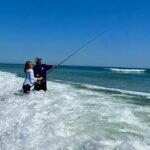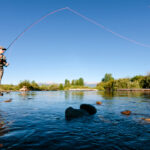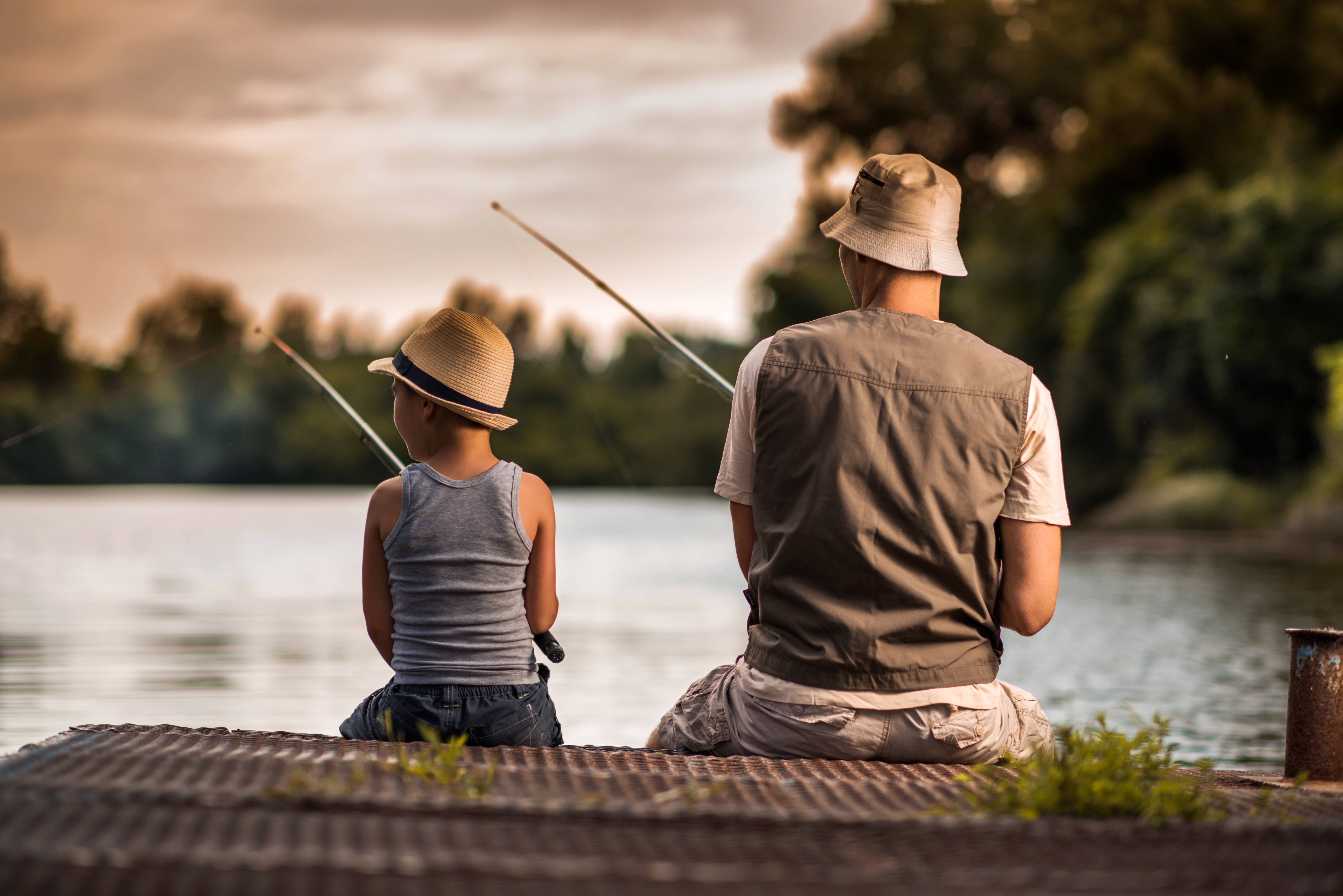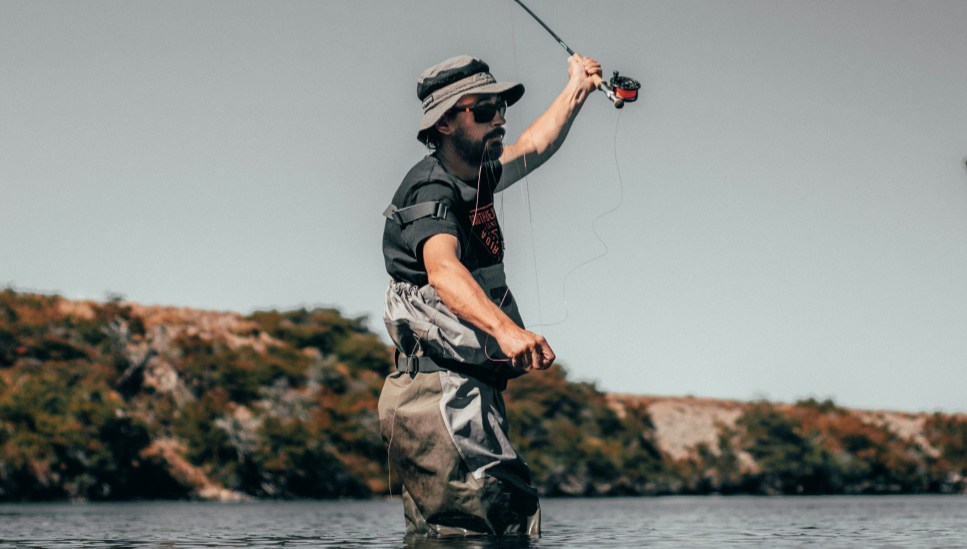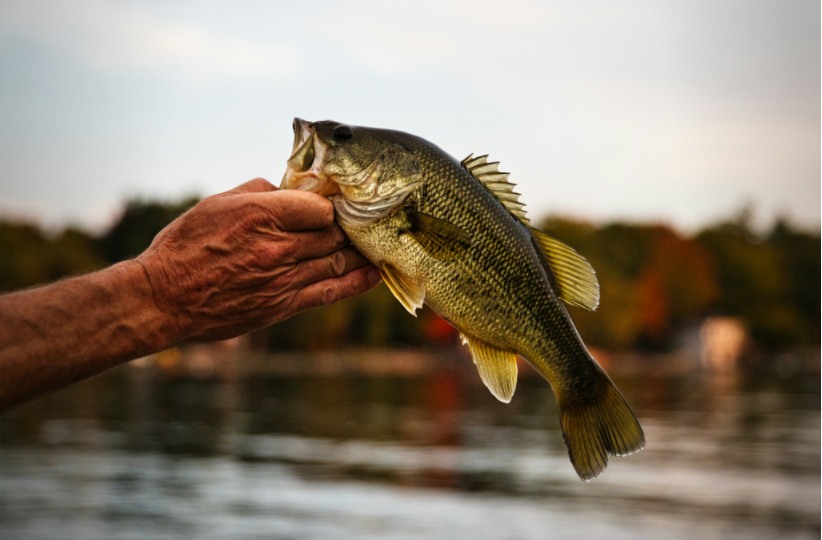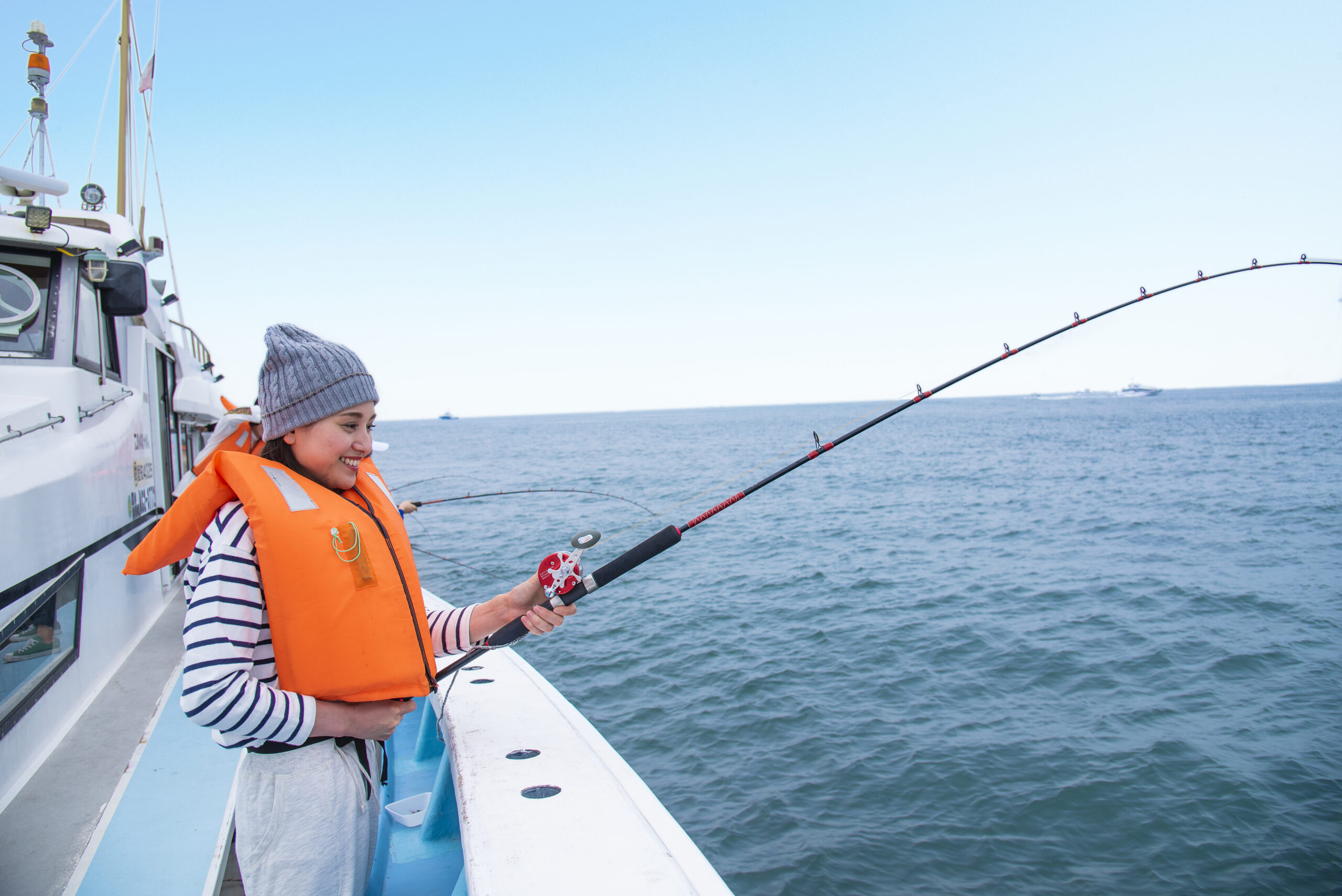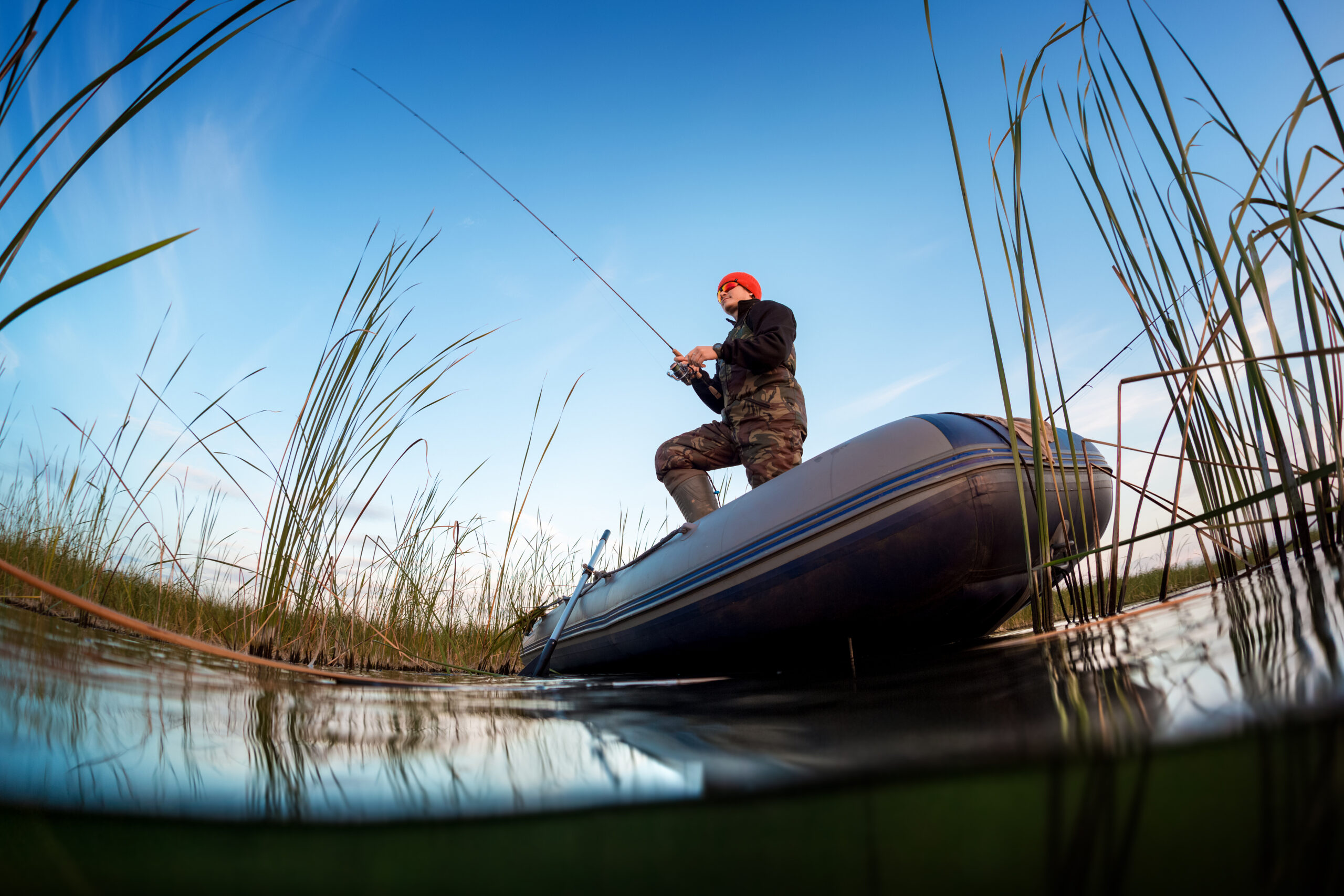Bass fishing is one of the most popular and rewarding forms of freshwater fishing in the United States. Whether you’re casting from the shore, a kayak, or a bass boat, the thrill of feeling that strike and reeling in a largemouth or smallmouth bass never gets old. But for beginners, bass fishing can be challenging. Bass are known for being aggressive fighters, but they’re also smart and easily spooked, which means you need the right tactics to outsmart them.
If you’re new to bass fishing, don’t worry — with the right knowledge and some practice, you’ll be landing more bass in no time. Here are 10 expert tips to help you become a more confident and successful bass angler this season.
1. Choose the Right Gear
Before you even hit the water, make sure you have the right equipment. Bass fishing requires a balance of strength and finesse, so having the right rod, reel, and line setup is critical.
🎣 Recommended Setup for Beginners:
- Rod: A 6’6″ to 7′ medium or medium-heavy rod – versatile enough for most bass fishing situations.
- Reel: A spinning reel is easier for beginners to control, but a baitcasting reel offers better accuracy and power once you’re comfortable.
- Line: Start with a 10–12 lb monofilament or fluorocarbon line — it’s forgiving and easy to work with.
👉 Pro Tip: Use braided line (20–30 lb) with a fluorocarbon leader if you’re fishing heavy cover — it provides extra strength and sensitivity.
2. Learn to Work the Water – Focus on Structure
Bass are ambush predators, which means they prefer to hang around structure where they can hide and strike unsuspecting prey.
🏝️ Best Structures for Bass:
- Weed beds – Bass hide in the weeds to ambush smaller fish.
- Rocks and boulders – Smallmouth bass, in particular, love rocky areas.
- Fallen trees and submerged logs – Provide perfect cover for largemouth bass.
- Docks and piers – Great spots for shade and attracting baitfish.
When casting, aim for the edges of these structures. Let your lure sink and work it slowly around the cover — bass often strike as the lure falls.
3. Master a Few Proven Lures
Bass are notoriously picky eaters, but certain lures are consistently effective. Start with a few reliable options and get comfortable using them.
🥇 Top Beginner-Friendly Lures:
- Soft plastic worms – Texas-rigged or wacky-rigged, they mimic natural prey.
- Spinnerbaits – Great for covering large areas and triggering reaction strikes.
- Crankbaits – Ideal for targeting bass at different depths.
- Topwater frogs – Effective in the early morning or late evening when bass are feeding near the surface.
👉 Pro Tip: If the water is murky, use brightly colored lures (chartreuse, white). If the water is clear, stick with natural colors like green pumpkin or shad.
4. Match the Hatch – Understand What Bass Are Eating
Bass are opportunistic feeders, but they tend to key in on whatever prey is most abundant in their environment.
🍃 Match the Local Forage:
- If you see shad or minnows in the water, use a crankbait or jerkbait that mimics their color and movement.
- If crawfish are common in the lake, switch to a jig or soft plastic in brown, red, or orange hues.
- In heavily vegetated areas, frogs and topwater lures are often your best bet.
👉 Pro Tip: Pay attention to the color of the local baitfish — bass are more likely to strike if your lure looks like what they’re already eating.
5. Fish at the Right Time of Day
Bass are most active when the water temperature and light conditions are ideal.
🌅 Best Times for Bass Fishing:
- Early Morning (Sunrise to 10 AM): Bass are feeding aggressively as they hunt for food.
- Late Afternoon (4 PM to Sunset): As the sun starts to set, bass come out of cover to feed.
- Overcast Days: Bass are less wary in low light, making them more likely to strike.
Avoid fishing during the hottest part of the day — bass tend to retreat to deeper water when the sun is high.
6. Pay Attention to the Weather
Weather patterns have a big impact on bass behavior.
☀️ How Weather Affects Bass:
- Before a storm: Bass become more aggressive as pressure drops.
- After a storm: Bass often retreat and become less active.
- Windy conditions: Wind stirs up baitfish and creates cover, making bass more aggressive.
- Sunny days: Bass will seek shade and deeper water.
👉 Pro Tip: On calm days, finesse techniques like drop shots and soft plastics work better. On windy days, switch to moving baits like spinnerbaits and crankbaits.
7. Master Your Casting Technique
Precision casting is essential for bass fishing — the closer you can place your lure to cover or structure, the better your chances of getting a bite.
🎯 Tips for Better Casting:
- Use a sidearm or underhand cast when fishing under trees or around docks.
- Practice “pitching” and “flipping” to accurately place your lure in tight spots.
- Keep your rod tip low to the water when retrieving to avoid spooking the fish.
👉 Pro Tip: If you’re fishing in heavy cover, try a short, accurate pitch instead of a full cast — it’s less likely to snag and spook nearby bass.
8. Set the Hook with Confidence
When you feel that telltale tug, you need to act fast and with authority.
🪝 How to Set the Hook:
- For soft plastics and jigs: Give a sharp upward jerk with your rod.
- For crankbaits and spinnerbaits: A firm sideways sweep works best.
- Keep the pressure on — bass are strong and will try to throw the hook.
👉 Pro Tip: If you miss a strike, don’t give up! Let the lure sit for a moment or give it a quick twitch — bass often come back for a second strike.
9. Be Patient – Work the Lure Slowly
Many beginners make the mistake of retrieving their lures too quickly. Bass are often drawn to slow, natural movements.
🦈 Slow Down Your Retrieve:
- Let soft plastics sink to the bottom before working them back slowly.
- Pause crankbaits and jerkbaits mid-retrieve to mimic a struggling baitfish.
- When in doubt, slow it down even more — patience pays off with bass.
10. Practice Catch and Release
Bass are a valuable resource, and practicing catch and release helps preserve the population for future anglers.
🌍 Catch and Release Best Practices:
- Use barbless hooks or crimp the barbs to reduce injury.
- Handle bass gently and avoid touching their gills.
- Return them to the water quickly and allow them to swim off on their own.
👉 Pro Tip: If you want to take a photo, hold the bass horizontally with both hands to avoid putting pressure on its jaw.
Final Thoughts
Bass fishing is a game of strategy, patience, and attention to detail. By mastering the basics — choosing the right gear, targeting the right spots, and working your lures effectively — you’ll start landing more bass and gaining confidence on the water. Every trip is a learning experience, so take the time to observe the environment, adjust your tactics, and enjoy the process.
Now get out there and catch some bass — tight lines! 🎣

